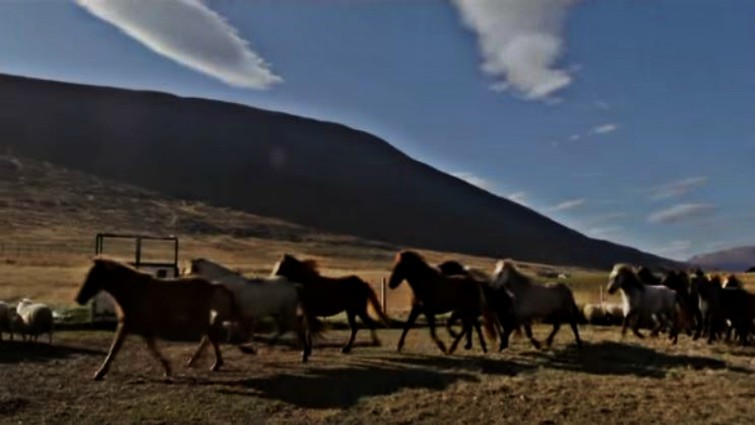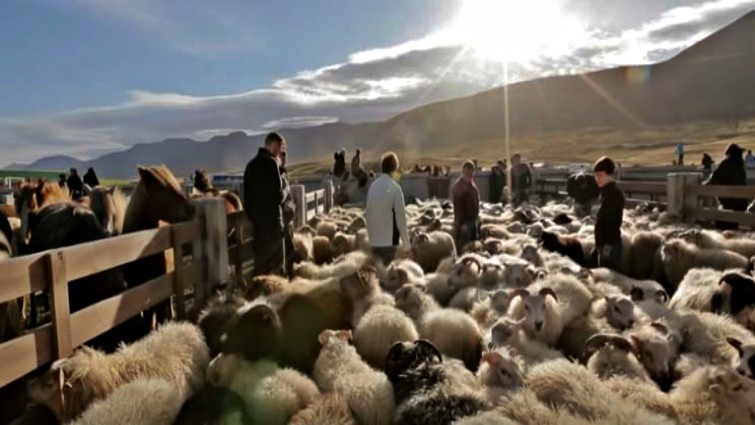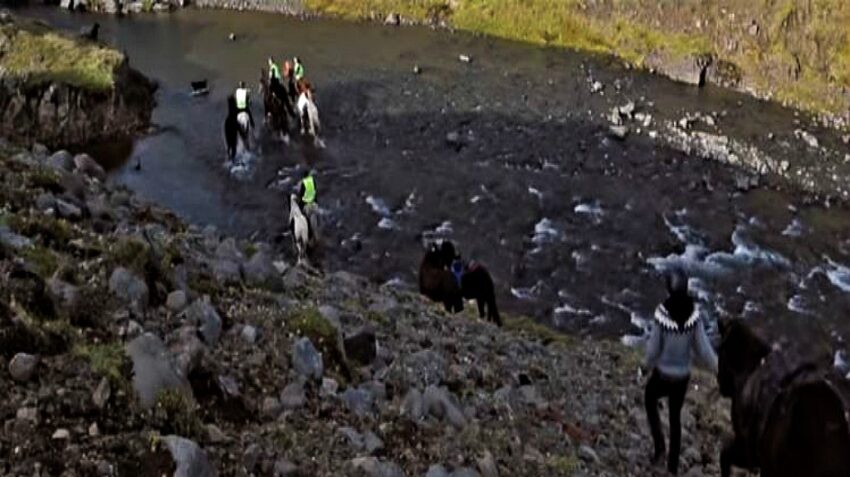As horse owners, we would always think that we are providing our horses with the best living conditions by giving them food and shelter, which are the basic needs for them. Another basic need that they have is freedom and in a way, horses lack that as domesticated animals. It is totally not an owner’s fault as they would always try to make their horse feel great, but sometimes it is just an inner feeling that they have to run around happy and free and not spend a lot of time in small spaces.


Yes, you might go frequently for rides, but even that might end up not being enough for your horses. That’s why horses are believed to be happier in the wild as they have all the freedom that they need, even that their life is way safer as domesticated animals. The mortality rate for wild horses is way higher so it does not necessarily mean that wild horses are better than domesticated ones.



I would like you all to share your opinion on this. These Icelandic farmers seem to have found the golden middle between domesticated and wild horses. Every summer in Iceland, farmers release their young horses into the northern mountains where they’re able to roam freely. Many farmers believe this allowance of freedom helps the horses develop a sense of independence and strength they otherwise wouldn’t experience.



But every following autumn, something even more amazing happens. The farmers gather up their loved ones and neighbors, then work together as a community to trek up to the mountains and bring the horses back to the farm. This tradition of herding these horses is called göngur. Göngur can be an incredibly daunting and exhausting task, especially for the older farmers — but these are people who are committed to keeping their traditions alive, not just for themselves and their livelihoods, but also for the beloved horses.


I think that it is an amazing tradition as it not only gives horses all the freedom that they need but on the other hand, these horses are controlled by these people and are protected during difficult situations for them such as Icelandic winter which is very cold. Watch the video below and see how this tradition works.
